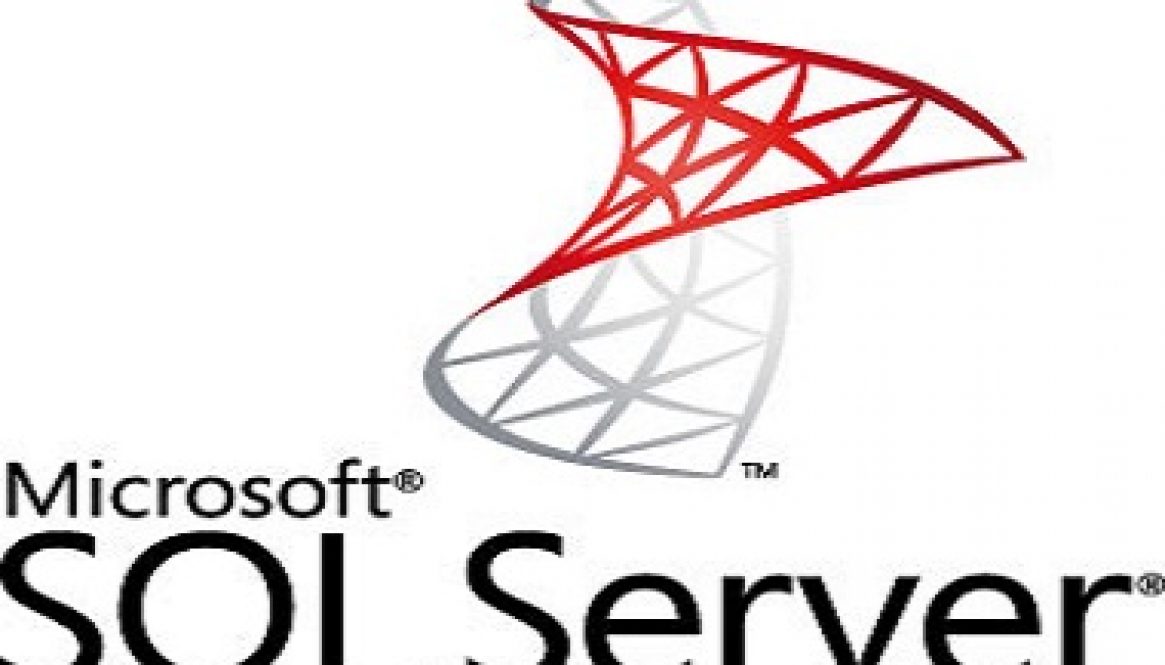SQL Server 2012 Editions and Engine Enhancement
SQL Server 2012 is Microsoft’s latest cloud-ready information platform. Organizations can use SQLServer 2012 to efficiently protect, unlock, and scale the power of their data across the desktop, mobile device, datacenter, and either a private or public cloud. Building on the success of the SQLServer 2008 R2 release, SQL Server 2012 has made a strong impact on organizations worldwide with its significant capabilities. It provides organizations with mission-critical performance and availability, as well as the potential to unlock breakthrough insights with pervasive data discovery across the organization. Finally, SQL Server 2012 delivers a variety of hybrid solutions you can choose from. For example, an organization can develop and deploy applications and database solutions on traditional nonvirtualized environments, on appliances, and in on-premises private clouds or off-premises public clouds. Moreover, these solutions can easily integrate with one another, offering a fully integrated hybrid solution. Below are some of the enhancements that, the SQL 2012 engine offer:
- AlwaysOn Availability Groups
For DBAs, AlwaysOn Availability Groups is probably the most highly anticipated feature related to the Database Engine for DBAs. This new capability protects databases and allows for multiple databases to fail over as a single unit. Better data redundancy and protection is achieved because the solution supports up to four secondary replicas. Of these four secondary replicas, up to two secondaries can be configured as synchronous secondaries to ensure the copies are up to date. The secondary replicas can reside within a datacenter for achieving high availability within a site or across datacenters for disaster recovery. In addition, AlwaysOn Availability Groups provide a higher return on investment because hardware utilization is increased as the secondaries are active, readable, and can be leveraged to offload backups, reporting, and ad hoc queries from the primary replica. The solution is tightly integrated into SQL Server Management Studio, is straightforward to deploy, and supports either shared storage or local storage.
- AlwaysOn Failover Cluster Instances (FCI)
AlwaysOn Failover Cluster Instances provides superior instance-level protection using Windows Server Failover Clustering and shared
storage. However, with SQL Server 2012 there are a tremendous number of enhancements to improve availability and reliability. First, FCI now provides support for multi-subnet failover clusters. These subnets, where the FCI nodes reside, can be located in the same datacenter
or in geographically dispersed sites. Second, local storage can be leveraged for the TempDB database. Third, faster startup and recovery times are achieved after a failover transpires. Finally, improved cluster. The below figure illustrates AlwaysOn Failover Cluster instance in Win Server SQL 2012

- Support for Windows Server Core Installing SQL Server 2012 on Windows Server Core is now supported. Windows Server Core is a scaled-down edition of the Windows operating system and requires approximately 50 to 60 percent fewer reboots when patching servers. This translates to greater SQL Server uptime and increased security. Server Core deployment options using Windows Server 2008 R2 SP1 and higher are required.
- Recovery Advisor
A new visual timeline has been introduced in SQL Server Management Studio to simplify the database restore process. The timeline can be used to specify backups to restore a database to a point in time.
- Scalability and Performance Enhancements
The SQL Server product group has made sizable investments in improving scalability and performance associated with the SQL Server Database Engine. Some of the main enhancements that allow organizations to improve their SQL Server workloads include the following: - More and more organizations have a requirement to deliver breakthrough and predictable performance on large data sets to stay competitive. SQLServer 2012 introduces a new in-memory, columnstore index built directly in the relational engine. Together with advanced query-processing enhancements, these technologies provide blazing-fast performance and improve queries associated with data warehouse workloads by 10 to 100 times. In some cases, customers have experienced a 400 percent improvement in performance.
- “If you have Any questions about this post please post it below , will get back to you soonest…”



